Research applications for DanioVision
Zebrafish are used as research models in a
great variety of fields. From embryo's to adults, they have found their way into many labs.
DanioVision is the ideal environment to track larval to juvenile fish.
Below you can find some of the applications DanioVision has been used for. If you want to know more about a specific validation, feel free to contact us.
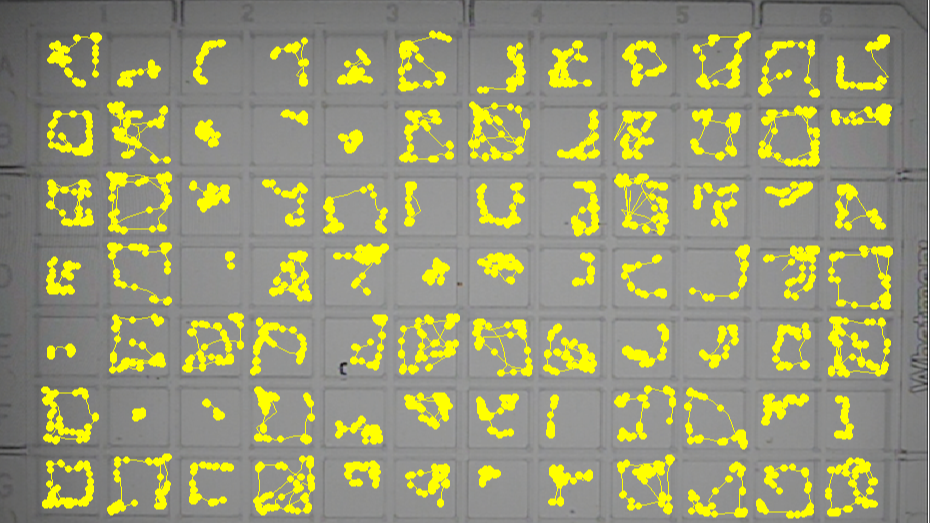
Applications of DanioVision

Drug Discovery
Zebrafish offer a genetically and physiologically
relevant model to study disease mechanisms and screen candidate compounds. Researchers
assess phenotypes, safety, and efficacy across development, often at multi-plate scale.
DanioVision enables high-throughput, multi-well tracking with integrated light and vibration stimuli for standardized assays. Combined with EthoVision XT, you capture objective locomotor and activity metrics, compare cohorts side by side, and scale screens efficiently.
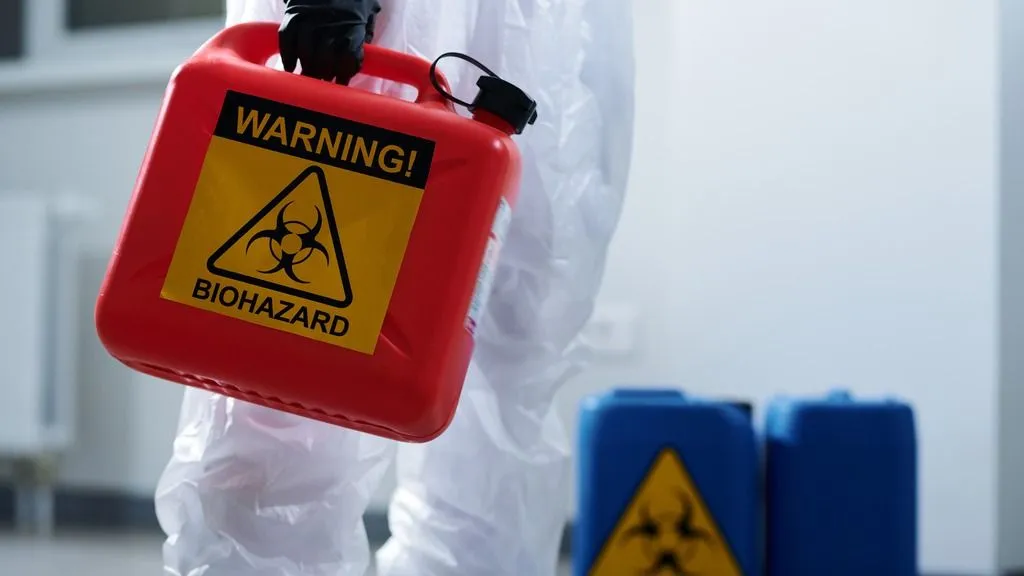
Toxicology
Toxicology examines how environmental or chemical
exposures affect organism health, with zebrafish widely used to profile neurotoxic and
systemic effects through behavior.
Run repeatable light/dark and LPR assays to detect subtle changes in movement, arousal, and non-associative learning. Automated stimulus control and consistent acquisition improve reproducibility, while analytics help you quantify dose–response effects.
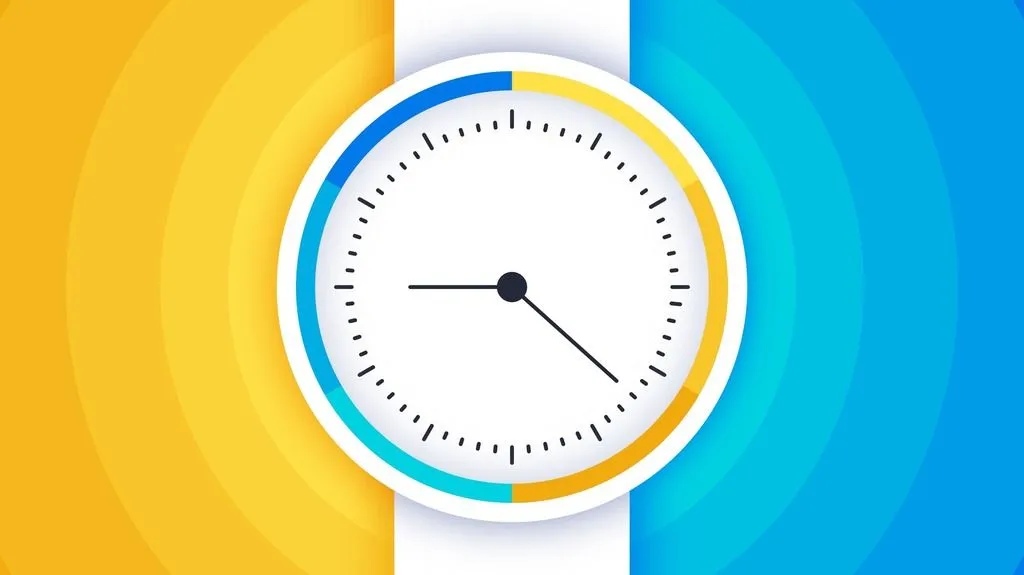
Circadian rhythmicity
Many behaviors follow day–night cycles, and disruptions
can signal changes in neural and metabolic function. Segmenting activity by light phase
helps pinpoint rhythm alterations.
Program precise light cycles and capture long-term recordings with phase-based segmentation. EthoVision XT lets you compare light vs. dark behavior, track adaptation over time, and standardize protocols across studies.
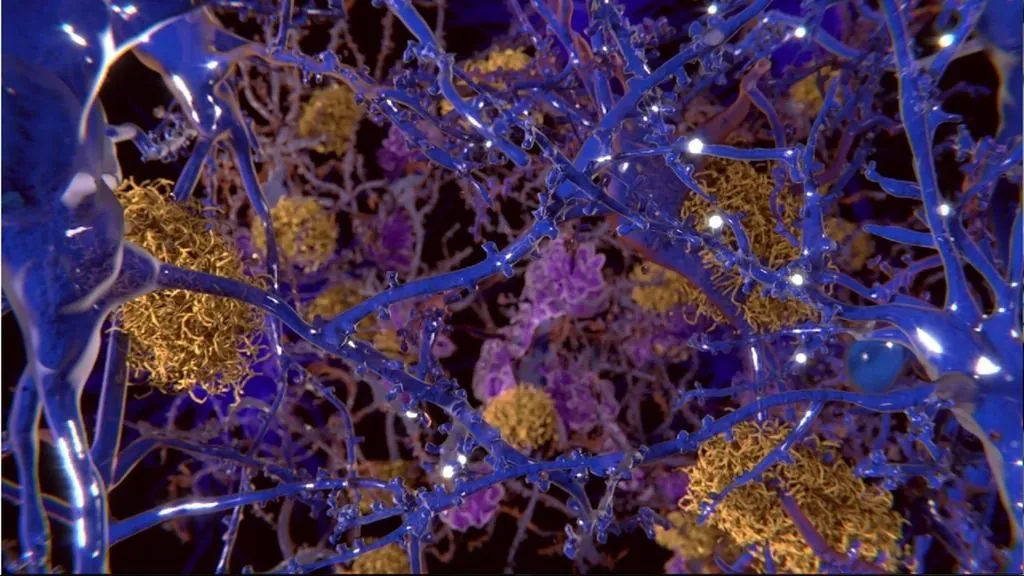
Epilepsy
Zebrafish larvae model genetic and chemically induced
seizures, allowing researchers to study network excitability and seizure-like events via
behavior.
Use controlled stimuli and sensitive tracking to quantify burst activity, bout structure, and stereotypies. Standardized paradigms and synchronized logging support reliable comparisons across genotypes and treatments.
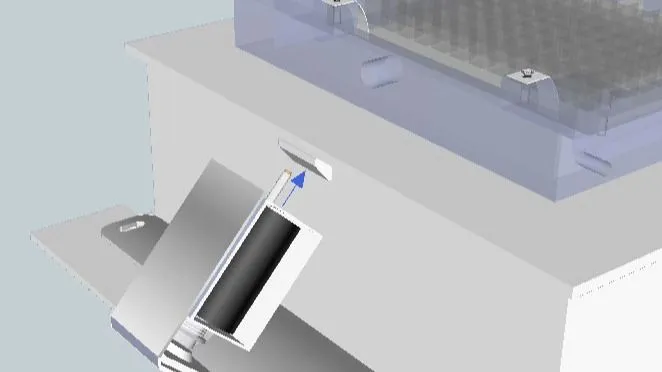
Anxiety research
The zebrafish startle reflex is a conserved defensive
response. Measuring habituation across trials reveals aspects of arousal and
sensorimotor gating relevant to anxiety research.
Deliver precise taps or light cues and measure latency, magnitude, and decay over repeated presentations. EthoVision XT provides automated analysis and clear trial histories, making it easy to standardize startle protocols.
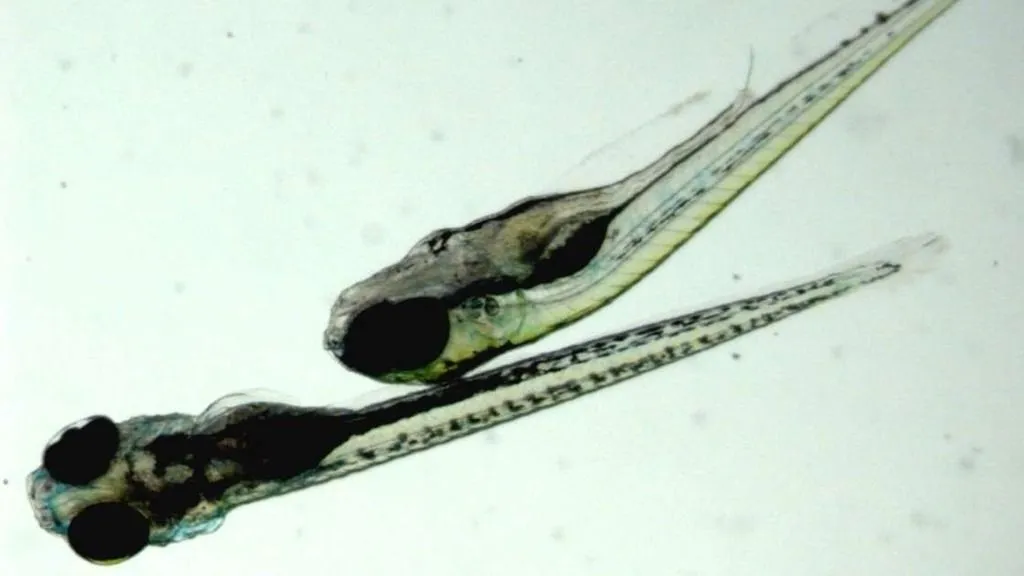
Visual responsiveness
Assays like larval photomotor response (LPR) and phototaxis probe visual pathways and sensorimotor integration, capturing directionality and reactivity to light.
Control light color, intensity, and timing to evoke reliable responses, and track movement in complete darkness with IR when needed. Analyze directionality, adaptation, and recovery with consistent, protocol-driven tests.
Movement disorders
Zebrafish models help interrogate motor
control deficits relevant to neurodegenerative and developmental conditions,
from hypokinesia to tremor-like activity.
Obtain continuous locomotor and postural metrics under controlled stimuli and environments. Detect subtle motor phenotypes using activity, speed, and bout analysis, and compare lines or treatments with confidence.
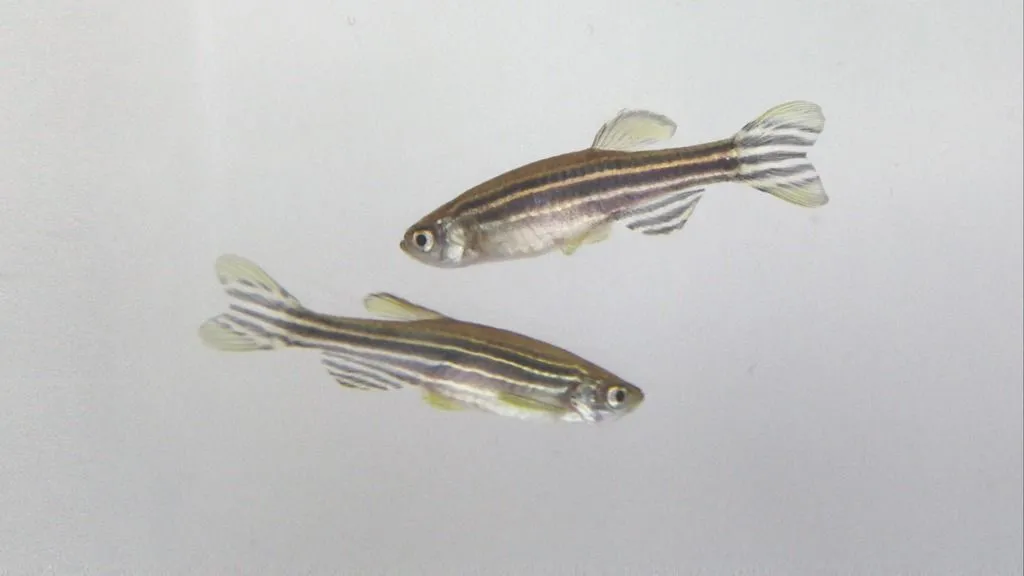
Social preference
Zebrafish shoaling behavior as often been tested
in adult zebrafish. However, juvenile fish can also show social interaction.
researchers use either olfactory or other fish to measure approach vs avoicance
in for example autism models.
DanioVision offers a standardized environment for measuring zebrafish behavior. Juvenile fish can be accomodated in larger wellplates and tracked within the device with EthoVision XT.

Optogenetics
Zebrafish larvae are naturally transparent,
making them ideal for light-based manipulation of neural circuits to test causal
links between activity and behavior.
The Optogenetics Add-on delivers precise colors, intensities, and patterns, fully synchronized with behavioral tracking in EthoVision XT. Run activate or silence paradigms and measure immediate behavioral outcomes with unified control and logging.
The ins and outs of zebrafish research
Basic behavioral neuroscience in zebrafish
Learn all about the why, when and how regarding zebrafish development and behavior
Why should I use DanioVision?
DanioVision is a complete system designed for activity and movement patterns with zebrafish (Danio rerio) larvae, and is often used in studies related to drug development, behavioral genetics, toxicology, and circadian rhythmicity.
How do I expand my DanioVision setup?
DanioVision has range of add-ons to further broaden your experimental options, such as a temperature control unit, tapping stimulus, toplight unit, or optogenetics add-on.
Learn more about DanioVision
DanioVision has been used in thousands of publications in a variety of studies, from Parkinsons Disease, neuropharmacology, toxicology, Down syndrome, and many more.
Ready to take the next step?
We’re passionate about helping you achieve your research goals. Let’s discuss your project and find the tools that fit.
Contact us